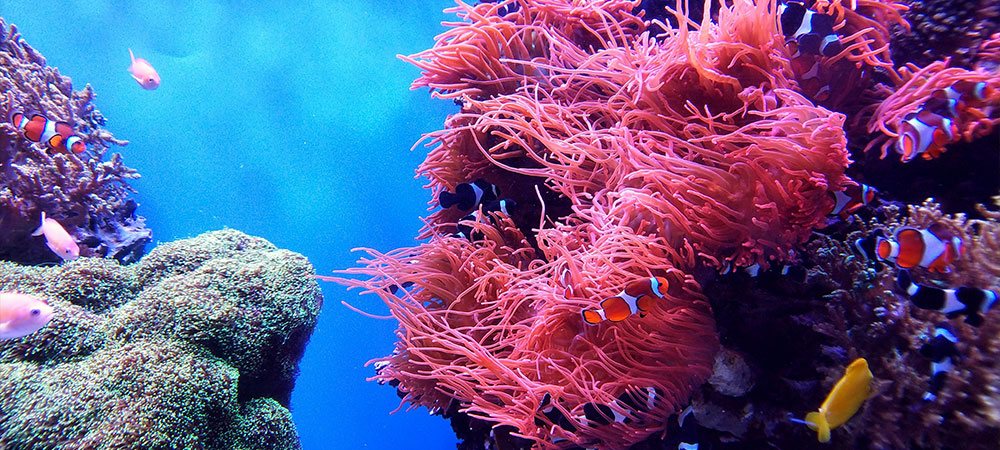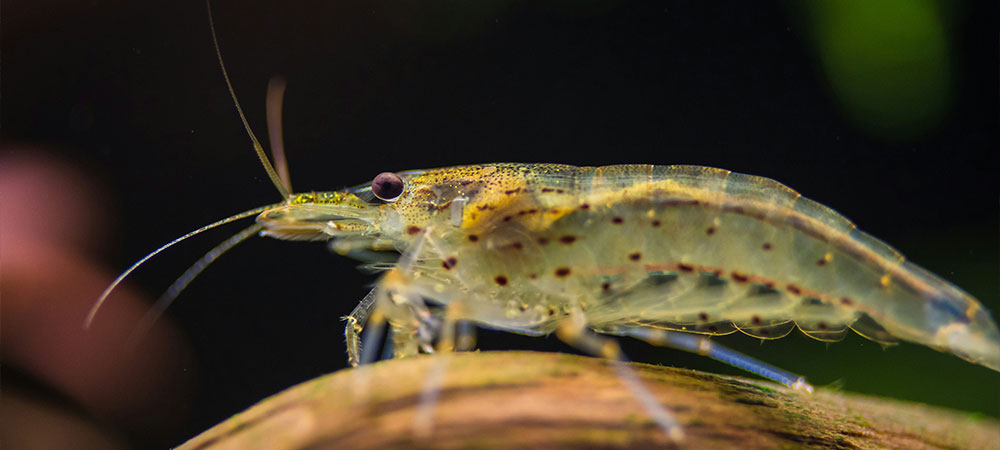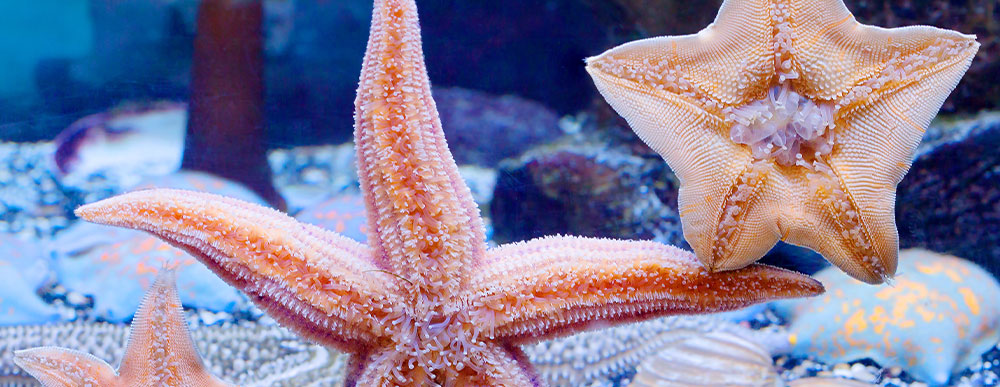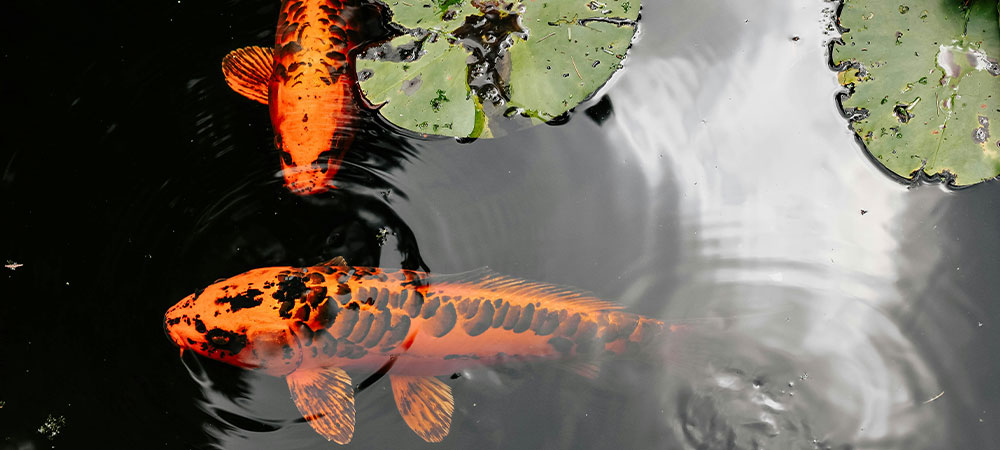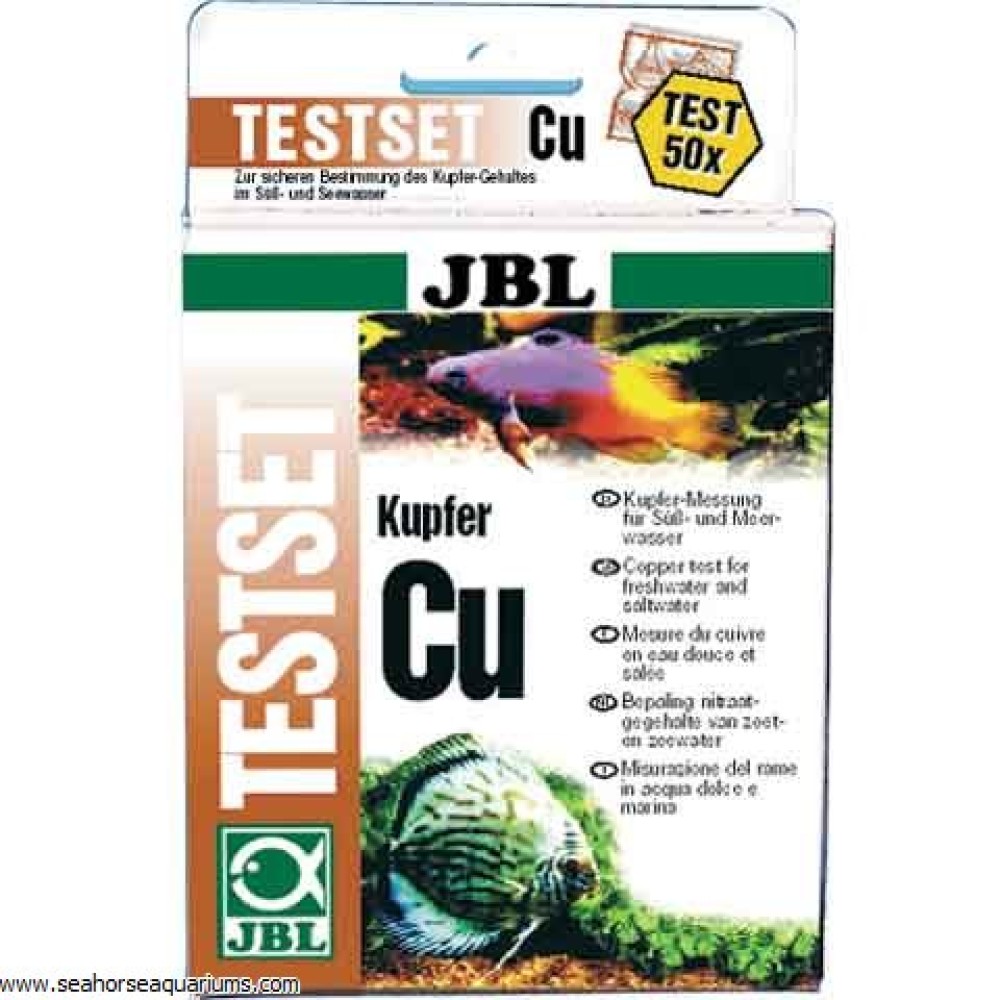
- Stock: Ships In 3-5 Days
- Model: 2540400
- EAN: 4014162254047
Copper test
• Recommended level for oodinium treatment: 0,3 mg/l Cu
Precise test to determine the copper content in fresh water and marine aquariums. Scaling of levels: 0,15; 0,3: 0,45: 0,6; 0,8; 1,2; 1,6; 2,0 mg/l.
• Also for testing tapwater to detect unwanted copper.
• Helpful in administering medications and preparations containing copper, as the copper content should never exceed 0.3 mg/l, whilst insufficient doses will not result in a cure.
Product description
The JBL Copper Test Set Cu is designed for the measurement and routine control of the copper content in saltwater and freshwater aquariums and in mains water within the range of 0.15 – 2 mg/l (ppm). The compensation method developed specially by JBL allows precise and reliable results to be obtained even in moderately discoloured aquarium water, e.g. caused by peat filters and disease treatment.
Why test?
Copper is a heavy metal. On the one hand, as a trace element it is essential for plant and animal organisms, on the other hand excess concentrations act as a toxin to cells, with disastrous results. Levels as low as 0.03 mg/l cause long-term damage to filter bacteria. Algae show signs of harm, depending on the type, from 0.1 – 10 mg/l of copper.
Copper as a medication
Since higher organisms such as fish are able to “tolerate” more copper than primitive organisms, copper is used to combat parasitic diseases in fish. One classic area of application is the treatment of oodinium infections in fish in freshwater and marine aquariums. A level of 0.3 mg/l is strongly recommended (e.g. with JBL Oodinol). This level should be closely monitored as lower levels are insufficient to effect a cure, whilst higher levels are harmful to the fish.
Depending on the hardness of the water, copper binds to a greater or lesser degree with hardening constituents to form copper carbonate and precipitates. This occurs particularly rapidly in saltwater. The precipitated copper carbonate is stored on the floor of the aquarium. Under certain circumstances, it may revert to a solution (changes in pH level, use of CO2 ferti
